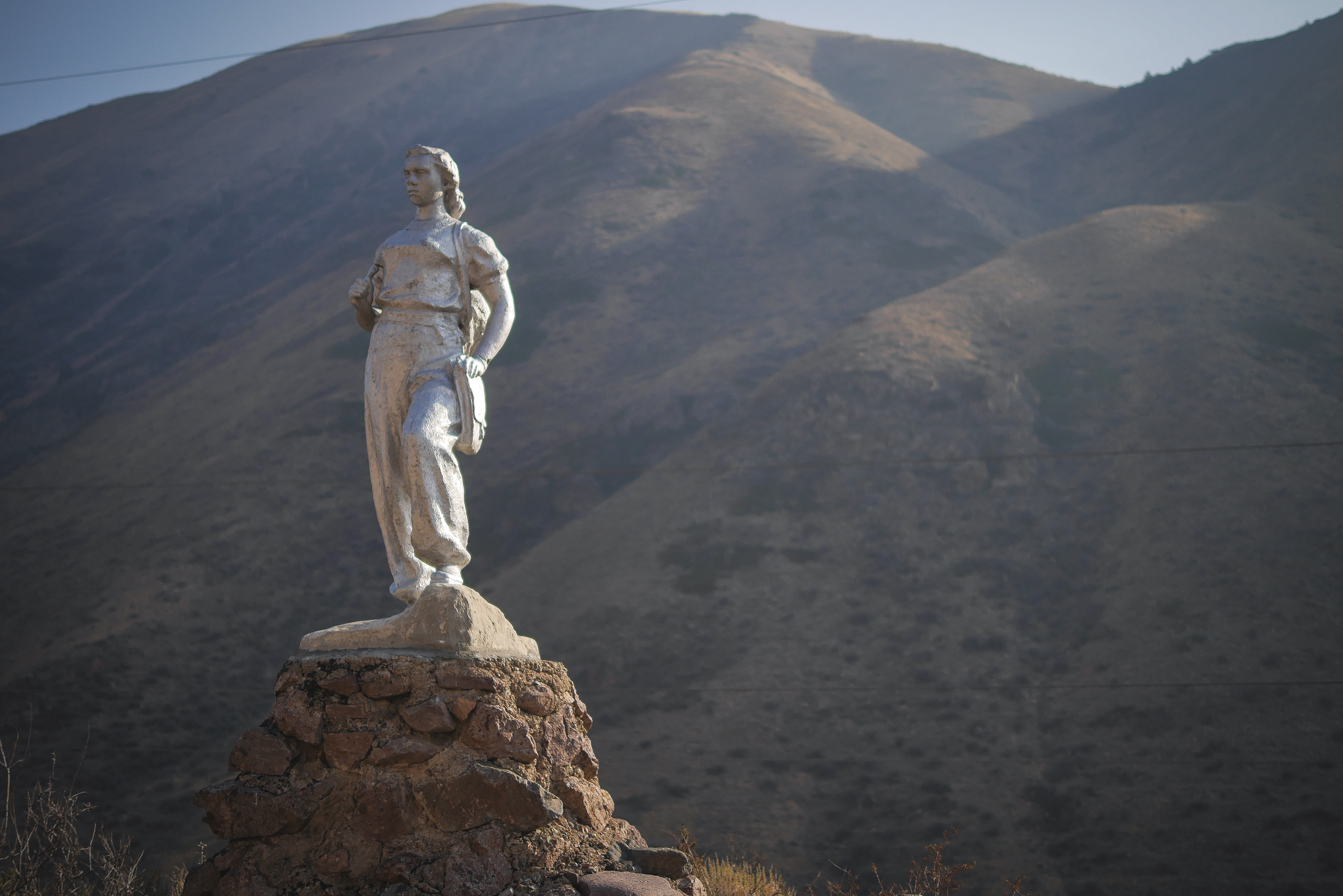Kyrgyzstan, nov. 2017
Lacrimae versus Laminae, origamis of domination, 1
oung Kyrgyz girls are walking amidst mountains, in the Tian-Shan.
I saw three pink dots appear, tiniest things against the snowy peaks background. Their frivolity is silenced by the outrageous sound of waters running under us. Judging by their outfits, they must be going to school, and have to go on for miles, against the wind, on rocky trails, in any weather.
We meet, they allow me to take pictures. One of them spontaneously organize the shooting, excluding in an imparable gesture one of the comrades. Who says nothing. It shows, she will say nothing, and one can notice a slight difference. She doesn’t have the same haircut, wearing them short, with white bobble ornaments made of tulle, just as I’ll regularly see in the country, worn by the youth, and not quite the same thinness of the face. During the whole encounter, she won’t say a word, even when I’m speaking to her directly to prevent the leader from answering on her behalf, her name. I refuse that she be off-screen, she will be on the photograph. And I make a portrait, of her alone, trying my best to connect, soften the unfairness. Violence of mimicry and infantile games. I capture the depth of her look, she seems such a young woman knowing too much already about domination, I see no tears in her eyes.



was exposing once upon a day my « rule of measure in pursuit of the good life » to a former student of the Ecole Polytechnique (a French prestige engineering school), jewel, if there is such a thing in such a configuration, of the society of calculation*.
The rule, roughly summed-up, supposed that one would act and produce only in the extent of his own means: one should possess himself the know-how required for the entire creation of a product (thus, comprehension and knowledge of its functioning), or assume responsibility of the consequences following his action (which would not impeach the acceptance of partial knowledge of the world as a whole and its mechanisms). A principle to apply as far as in the making of the tools used for production, and the gathering of the necessary ressources, in possible collaboration with a community of beings of which each member had to be known personally (it is estimated that a human being can genuinely know and bound with every member of a group of about a hundred people) and apply to the same rule**.
What happened, after he listened to this view, to our engineer?
The one who had followed the paths of technocracy for a large part of his career glanced through the window. What did he imagine doing, that would require only his « barehands » skills and his sole understanding? What on earth could he be up to? My father, since it’s the man we are speaking of, engulfing a big spoon of porridge bought in a supermarket thanks to his earnings, cooked for him by a woman, his elder girl (me), smiled widely, suddenly bright-eyed:
« A thousand sides polygon »***.
* To recommend measure is comprehensible, and it’s an old wisdom, but prosaically, in the contemporary everyday life, how to measure it? This is the hard problem.
**Such a rule perfectly allows for a highly technical interaction with the world, but it prevents the moment when this interaction gets past comprehension, that too-far reaching step being precisely a characteristic of the society of calculation, where production processes and knowledges are broken up to the extreme, and where the ends of the action or the production are properly forgotten or muted (not the phone which the chain worker or the mechanical arm are contributing to assemble, but the finality hidden behind the phone: vital necessity for the firm to increase its capital, and to do so by producing and selling infinitely more). An individual or a group playing by the rule of measure can certainly design and craft a tool of complex use, as long as the whole process happens within the rule. Nevertheless, it’s very likely that what would appear initially as constraints will have revealed to that being (or that group) what are his real needs, his desire and role as a human being (deceitfully dictated by the society of numbers in order to dominate, then sell), and that he will by no means feel the need to elaborate things in the perspective of an end that will then be visible in all its absurdity (a de-humanisation aimed at making always more money – supposed to sustain the everyday life and happiness by accumulation of goods, which is empirically doubtful – that he won’t evidently gain for himself).
*** After he read this article, the engineer contacted me and told me that he had another memory of our dialog: we have a small disagreement on the order of the topics discussed, which modifies the meaning one can pull out of the whole exchange… Our respective versions tend to gravitate more strongly around our respective favorite topics! This probably reveals the strongly subjective nature of a memory of the “facts”…
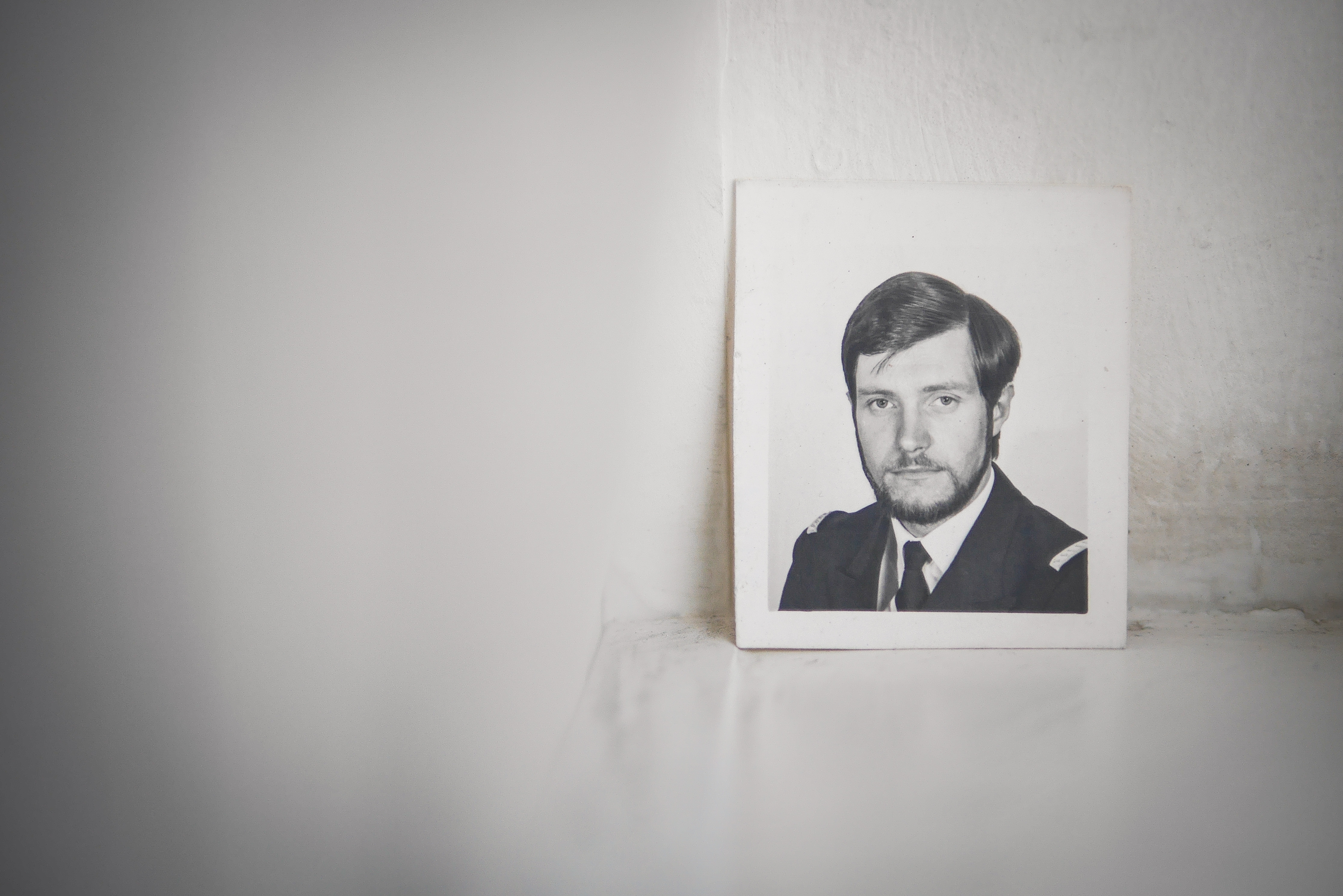
unday, crossing of a village. There is, a few miles further, a horse race with riders in the prime of life, but I don’t know about this yet.
A boy appears from the angle of a mud house. He has got some presence, keeps his head up, with a hat, and a somewhat traditional outfit. Here in the country, one rides as soon as out of the crib. This young man, perhaps 15 of age, trots along the main alley, in a lordly manner. His horse seems powerful, it is well-kept, muscular but slender, supple. I’m a curiosity for the teenager, he plays, like a lot of males, whatever their vehicule, the game of going slower and getting pass me repetitively, staring at me. I can feel a strong disdain in the tone he uses when asking me questions and throwing answers I don’t understand for the most part. I’m struggling on a rocky trail, and we go on at the same speed, when his horse is at a good walking pace. He does not bother say goodbye, he spits on the side, he is not friendly. He moves forward. Whips the beast in an indolent gesture, one can feel he would severely use the lash were we to suddenly race. He turns back regularly to follow my progression, doesn’t go to fast, obviously he enjoys his play, is showing me who is the little king here, and how easy it is for him to go on on his horse. I wait for a moment, and furtively stop on the side, seat a bit further on the side of the road. I know that he will turn back in a few dozen meters, waiting for me to struggle whilst he parades ahead, and then, much to his surprise, I won’t be there anymore. If I’m not wrong, he will reveal his game, won’t be able to refrain from searching me, at least glancing around. Yes, that’s it, he is contorting in a silly way on the saddle, for some time until he spots me, takes note of my demission, he seems so young now. I look at that with a violent and wild joy, the child loosing at his own game, he has no one anymore to submit, only his beast left. He takes left a few meters further, disappears in the plain, sent back to his kingdom of wind and prairies. Is it possible to predict what kind of man he will be? Probably not, but I have not the slightest sympathy for his destiny. There is not a single excuse to domination.
A Kyrgyz saying tells that the man is the worst acquisition of the horse*.
*Wild horses species first appeared in Central Asia, before they were tamed by men and spread around the world.
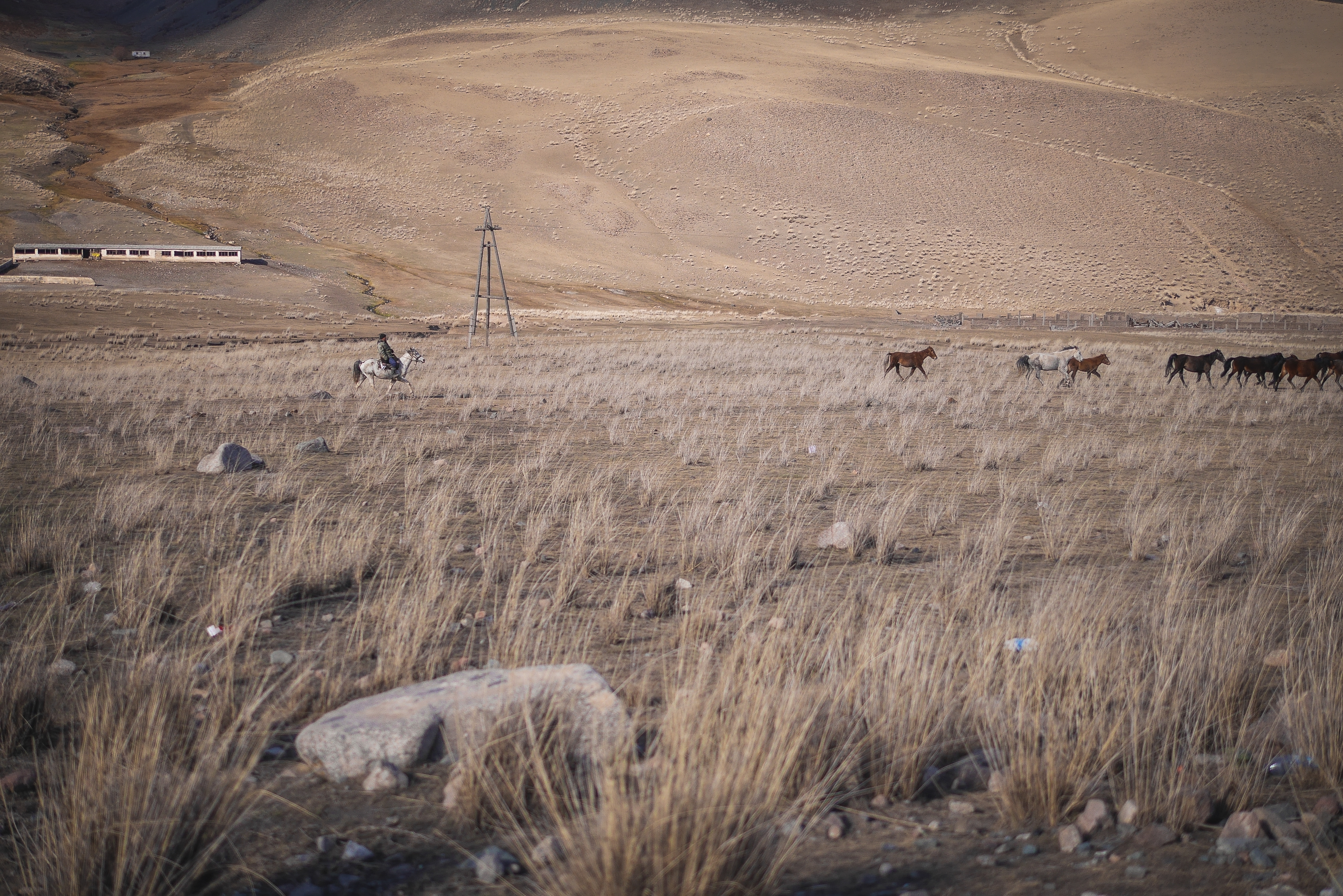
n the 1968 movie « The Wild Bunch », a visionary western by Sam Peckinpah, we are proposed a particular opening scene : young children are observing with a patent joy a bunch of ants killing a scorpion, after they have provoked the fight. Then, they go away, and play a game where they kill each other with imaginary guns.
Every great tale of the world gives illustrations of the mechanisms of violence within society. Sometimes explanations on its origins: sin of a woman blinded by the thirst of knowledge, Promethean pride or Epimethean negligence, genetical programmation for survival, effect of structures once critical thresholds are passed, tragical fault of the parents bequeathing a cursed heritage to a victim-children, mimetic desire, aftermaths of the lightness of gods…; and about its solvings: common designation and lynching of a scape goat, edification of a sacred sphere wherein violence bursts out, concentrated in a sacrifice, sometimes redeeming the whole humanity, symbolic and imaginary elaborations encouraged by women, a sexual division of roles already resulting from a cultural construction non-exempt from violence… When it is visible and told, whatever the cause given and the support of the transmission of knowledge (from the oral parable to the image on the rush), violence offers a moral mirror on the basis of which the being in apprenticeship for humanity chooses to follow a conduit, « bad or good ». The spectacular aspect of combat violence, of sacrifice and competition facilitates the cathartic effects of exemplarity, and the regulation process of the masses, in a ritual temporality. But what happens when violence is spectacularly invisible or when the mass media logics seem to matter more than the topic, when it just works as long as it’s showing images in an endless ultrashort repetition, destroying any possibility of grasping a content which requires time and complex thinking to be processed; what happens when violence fits into the cracks of language, of gestures apparently harmless, in a symbolic system of traditions, in the depersonalized mechanism of the mass reproduction system, when violence has to do with technics itself (our very own way of interacting with our environment) and silent globalization? What happens when violence is interiorized, reproduced by ourself? What happens when violence is done against oneself, in an inadequate use of the world and technics?
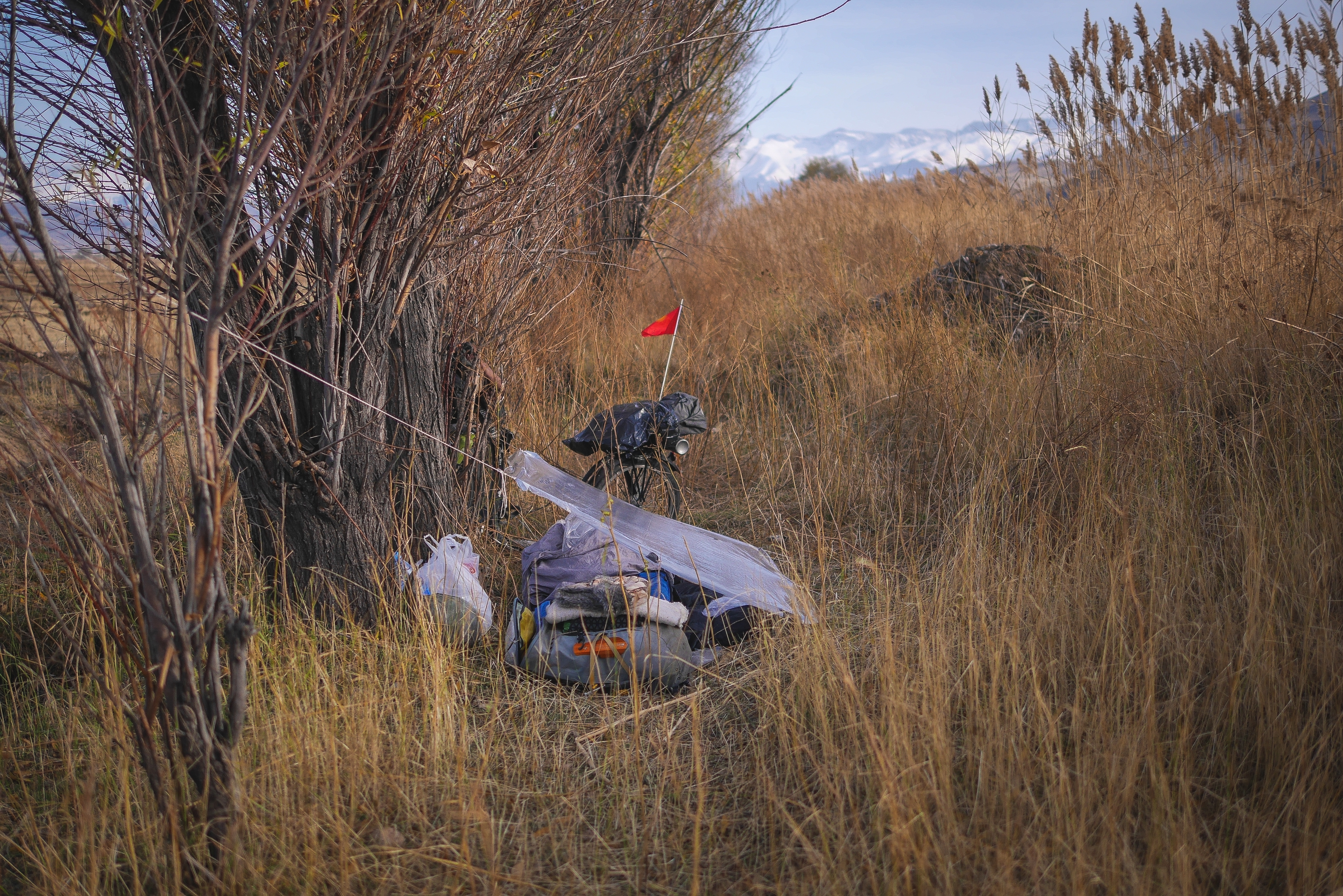
o the delicate question of a definition of measure in praxis and production, the prestigious engineer had thought at once about crafting a polygon with a thousand sides.
Concretely, for here lies the very matter, it implied that he would go by foot in a place big enough, flat if possible, probably a wild field, armed with a marking string of his making. That he would arbitrarily decide of a side length, dependent of the capacity of his chalk line, and be able to calculate mentally (unless he can build a calculator all by himself with ressources at hand) the necessary angle to reproduce a thousand time so that the trace would end up at the beginning, brilliantly closing up the milligon. Or, reverse wise, it required that he would pick up an angle and be able to calculate mentally the consequent lenght of one of the thousand sides, that his chalk line would have the right lenght available and that he would be able to manipulate all that. One could also randomly choose an angle and a lenght of side, but the chance was infinitesimal then of obtaining just a thousand sides by repeating the line with a similar angle until he reached the first one. And were he to begin such a clever enterprise, it would take a lifetime, perhaps even a thousand before finding the right combination and obtaining the precious geometrical figure. Then one had to sadly get aware that it would be hard to contemplate the result, unless one was skillful enough to work at a millimeter scale with bare eyes, or able to climb a rock by foot, high enough so that one could eventually embrace with an eye without tears the geographical pattern, large by thousands of meters (or miles, who knows!).

illages, cut in half by tarred roads, on which continuously run heavy trucks and their fumes, insanely loaded with merchandises. Women and men, forced to sedentarity not more than a century ago, seating today in the shadow of their tiny piece of land, stare at the passing containers in a deafening concert, sometimes glimpsing on the other side of the asphalt an old acquaintance occupied just in the same inactivity, with a wet eye. Shops, often enclosed in parts of houses, are full and overflowing with Nestlé products. An employee of the firm, exposing a tactile tablet rather out of tune around here compared to the antic calculator sitting on the deck, comes to digitally record stocks and register orders. One by one, products of exactly the same nature (sugar and grease of third zone, synthetic additives) but wearing different names and mouth-watering colourful packagings, are reviewed whilst the tenant of the shop expresses the wish to get more or not. This scene and this distribution, I witness it in every country since France, no matter how apparently isolated and poor the hamlet and the territories.

or technics is that invisible sliding loop strangling us a bit tighter each time we make it evoluting by and for the number (growth perspective, Promethean complex, always more). What we could call Psephiotelos (the obsessional logics of figures, of return, of an infinite growth – psephio : number / telos : end) is the congenital cog of a society of number. Dehumanization, its intrinsic violence. Abstracted, interiorized, it gets even more easier to forget about the alienating snare. « Pathologies » of the modern individual, which elites in charge of the system reconduction with their « knowledge=power » tools love to originate in the personal story, in the personal fault, are only psycho-organic symptoms of the structural world-wide violence: on one hand, the fragmented use of tools in the view of an exponential reproduction of things, which has nothing to do with savoir-faire (the techné of the connoisseur, in the dynamic limits of a given eco-system), on another hand the integrated domination (in every level of exchanges) of beings upon beings and things, in the view of accumulation and power, which has nothing to do with an ethics of finitude (maturity of the living, which happens in the practice, in the actualization of one’s potential virtues, in the dynamic limits of a given eco-system).
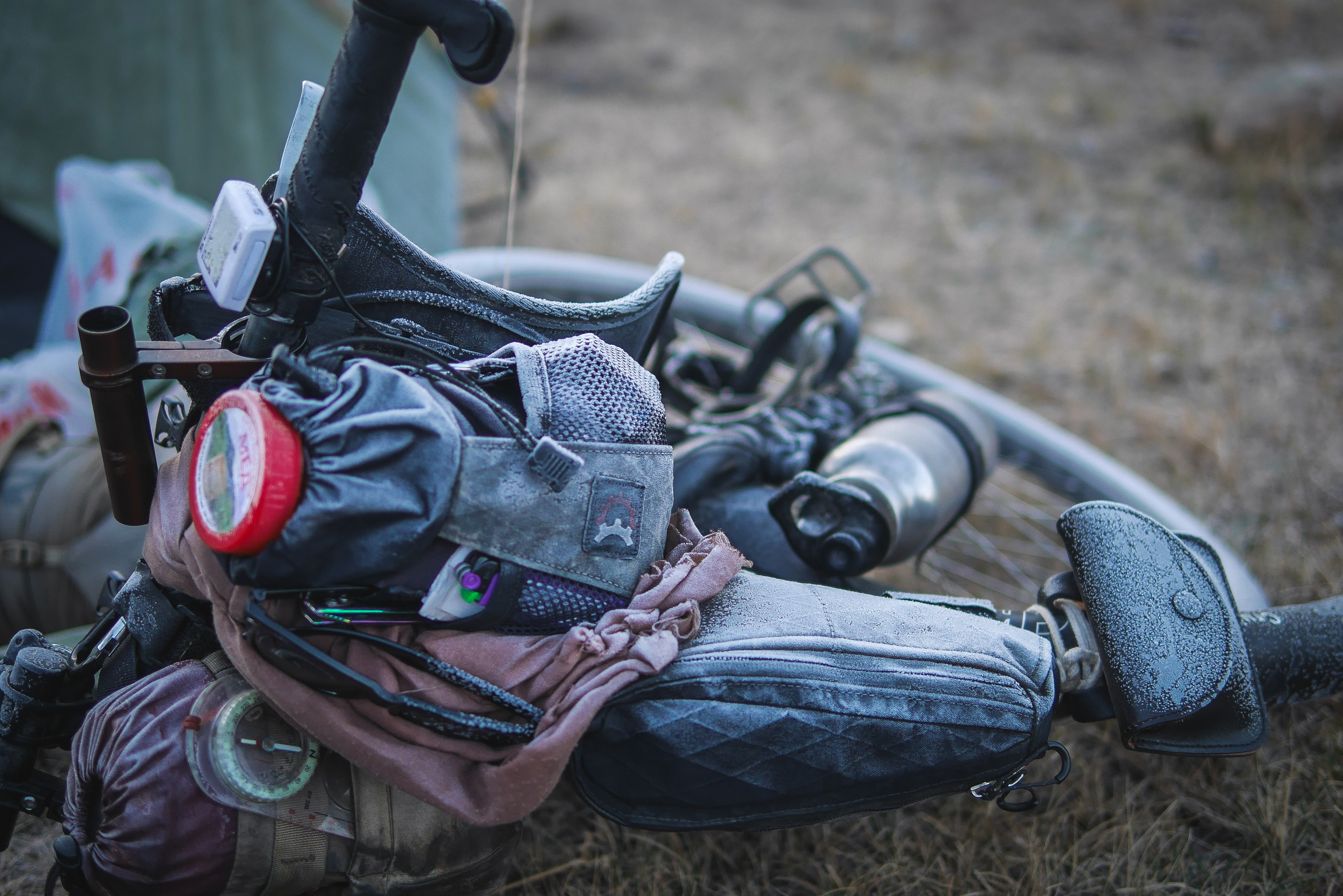
oung shepherds are gathering their sheep dispersed on the flanks of steep hills. It’s time to return to the fold, the sun, large purple disc behind the fog, is about to touch horizon.
So, one picks up stones, and one throws them from the heights on the cattle. That way they hurry up. One can hear the bleats full of tears from the bottom of the valley.
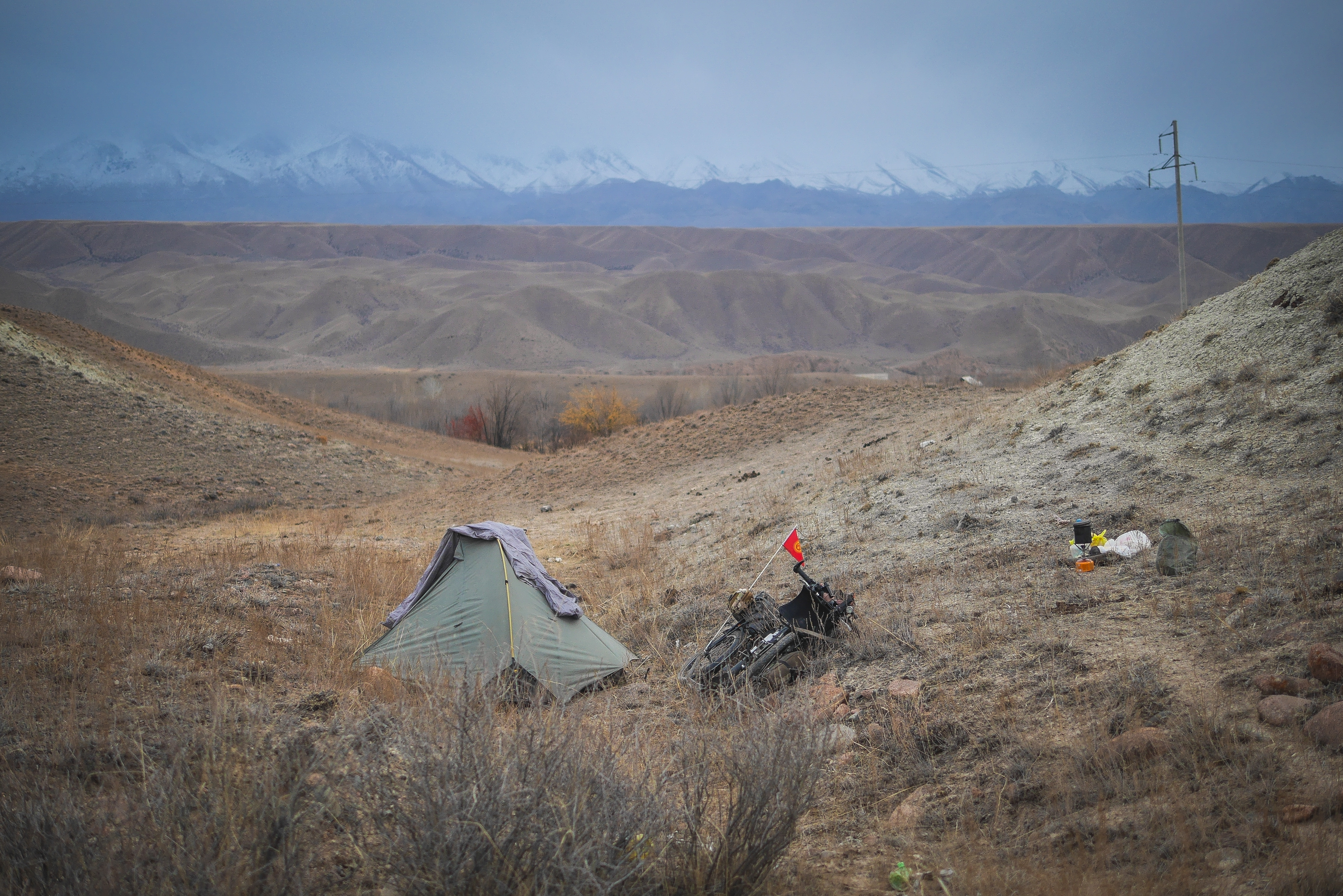
et’s get back to our X*.
The man who had once marched with blade and bicorn, stuffed with the steaming honeyed porridge, was now beginning to dream about his polygon. Yet, wasn’t he already blatantly absorbed in immoderation by his attempt at picturing to himself a masterpiece that, certainly, only a public restraint had prevented from having 10 000 sides? Wasn’t he also expressing, in the desire for a “milligon”, etymology bears it (« gone » in a secondary meaning can be read as generation, birth, descendance), the very old wish of an eternal life in the thousand heirs and heiress that would follow? If human ambition was so quickly drawn to Promethean deeds, was it still surprising that an ethics of measure revealed to be such an arduous task…
But the algebreous character could open his way on other grounds too, slower was he forgetting verses than the formulas, he could declaim in Greek Homeric tirades, recite entire strophes of Valéry. And find himself moved, to tears.
The handy tracing of a thousand sides pattern in the folds of the Earth, wasn’t that the wish for the blueprint of a unique origami** left to his milliposterity, a meaningful figure which only a look on the achieved folding could reveal what it had been entirely about? And now that we have imaginated it, do we really need to craft it? I take for nearly certain that there is more knowledge, know-how-to-make and know-how-to-live, in the poet than in the calculator.
*X : Letter standing for the Ecole Polytechnique.
** The art of Origami was developed and spread by Buddhist monks!

maintained earlier in years the necessity of physio-myths against techno-myths (an article written in Poland, as I was reaching the « center of many Europes ») in order to ward off the violence of domination (technical, human, etc). Behind the technicist jargon lays the simple idea of constitutive tales, of cosmogonies, at the scale of the living realm. Nicolas Korpanoff, alias Michel Strogoff in Jules Verne novel, a tsar emissary sent to cross Siberia on a horse to prevent an attack from Tartaric people, must face at a point, the saber. His eyes are burnt with a white hot blade, to blind him. What saves him from violence? His tears. Organic secretions preserving him from blindness, « miraculously ». Physio-myth against techno-myth: a thousand generations against a thousand sides, the chalk-line against the blade-sheath, lacrimae against laminae.
